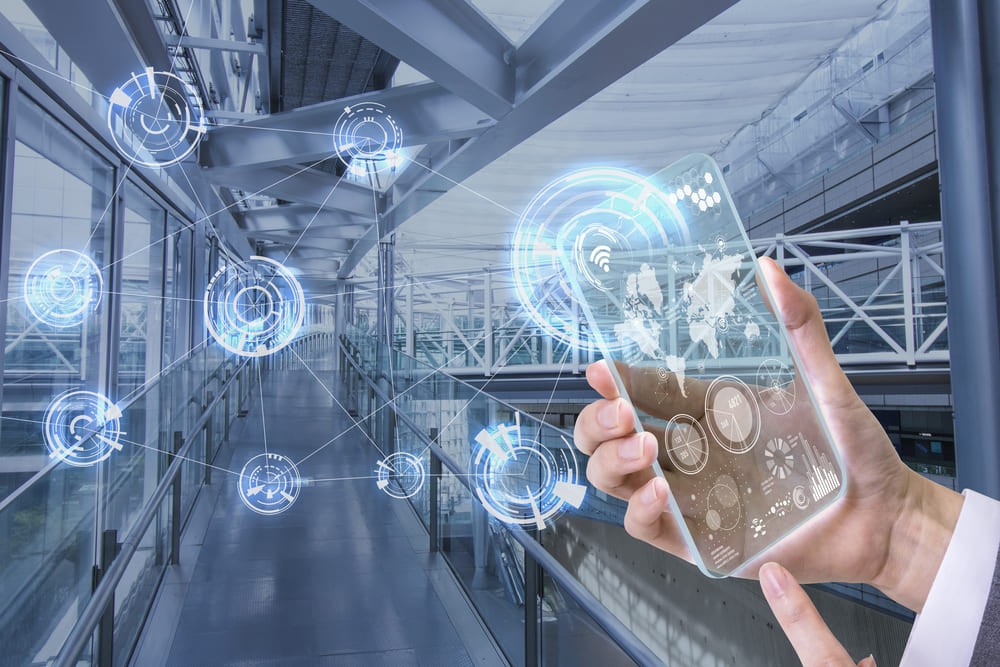According to Tech Pro Research, 70% of organizations across industries either already have a digital transformation strategy or are working on it. Within these organizations, C-level executives are the ones who are mostly driving the digital transformation initiatives. Clearly, CIOs and CEOs realize that implementing cutting edge technologies is the only way for their business to stay relevant.
One thing they tend to overlook, though, is the negative impact of legacy IT environments on the pace of their digital transformation. Along with the other obstacles, like a lack of budgeting or employee buy-in, complex outdated systems can seriously negate any digital transformation efforts.
In this article we will talk about the challenges organizations face during legacy systems upgrade and explore the existing techniques and approaches to legacy systems modernization. Read on to learn more!
Legacy system definition
What is a legacy system? A lot of people mistakenly assume that “legacy” spells “outdated”, and therefore, believe a legacy system upgrade is a problem only large established enterprises face. In reality, it’s not true.
A complex modern system which fails to meet the needs of a particular organization also falls under this category. Legacy software, for example, may be extremely complex in maintenance, and it may also be impossible to integrate with emerging technologies that a business needs to introduce to propel its development forward.
“Why modernize legacy systems?” is a frequently asked question. First of all, to improve agility, ensure faster time-to-market, remain competitive, and ultimately, stay in business. On top of that, legacy system modernization and an upgrade accounts for:
- better performance and reliability
- higher security standards
- better scalability due to full or partial migration to cloud
- reduced maintenance costs, etc.

How can you tell your IT environment is outdated or that you are using legacy software and data? These indicators should warn you that at least some elements of your system need replacement:
- You are extensively using manual customization and management.
- Your system can’t process multiple data types.
- There’s evident lack of data transparency and visibility of data flows.
- You’re experiencing security issues.
- Latency issues: all in all, it takes longer to transfer data because of poor integration between databases and systems.
- Error resolution is incomplete or takes a long time.
- You cannot run big data apps on top of a legacy infrastructure.
- Overall legacy system maintenance is expensive and complicated.
Diagnosing that your system urgently needs an upgrade is already a good point to start from. However, you also should be aware of the challenges that organizations face on the way to legacy systems upgrade.
Challenges to consider when upgrading your legacy systems
When it comes to legacy systems modernization, businesses often tend to overlook or neglect the challenges involved. Yet, knowing what exactly may stand in the way will help you be prepared and make the most out of your legacy system upgrade efforts. Below are some of the frequent issues that hamper the legacy migration initiatives:
Integration
Unless you go for a full and simultaneous hardware and software refresh, which few companies can afford, you are most likely to integrate new applications and technologies with your legacy system elements. Ensuring a seamless integration of these elements is often a challenge, as well as maintaining core system functionality during the integration process.
Non-disruptive performance
Ensuring non-disruptive performance is yet another major challenge. A lot of enterprises, especially those running industrial production lines can afford zero downtime. For these enterprises, disruptions result in revenue losses, so they have to do all it takes to make the transition as smooth and seamless as possible.

Avoiding data loss
Data loss is a frequent cause of concern during a legacy system upgrade. The loss of important data may result in revenue and reputational hazards, so enterprises have to invest time and effort into crafting an actionable data migration plan before undergoing a legacy system upgrade.
Employee buy-in
The next challenge organizations often face is employee resistance to change. People are, in general, comfortable with legacy processes and environments; they may also find the necessity of learning new skills disturbing and unsettling. Legacy systems upgrades typically start with the management initiative. To ensure the best results, such initiatives should include a communication plan that would help employees embrace new technologies.
Cost
Legacy systems upgrades are expensive; it would take a few years for the company to see the return on investments. Usually, though, you don’t have to go for a complete legacy system refresh. The trick lies in estimating the core operations and processes and focusing on them first, instead of undertaking a full-scale disruptive modernization.
Legacy system modernization: Approaches and best practices
Although most organizations are facing challenges on the way to a legacy system upgrade, a lot of them are quite successful in meeting them and have developed a range of effective approaches and best practices. If you’re looking for tips on how to upgrade a legacy system, the below step-by-step plan could set you on the right track:
Step 1. Legacy system assessment
To carry out a full-scale legacy system assessment, start from a software level. As modern as your software could be, it could still fail to meet your current business requirements. Also, consider your future business development plans and see if your software will be relevant for your future goals.
Step 2. Consider the existing solutions
Look for existing technological solutions, which can help you propel your future growth. Nowadays, there are a lot of SaaS solutions out there, intended for a wide array of purposes. If the tasks you need to accomplish are very business-specific, the alternative would be custom software development.

Step 3. Select your legacy system modernization strategy
As of today, there’s a number of approaches to modernizing legacy systems. The most commonly used include the following:
- Migration and enhancement – this typically implies a legacy software migration to cloud or an open modern x86 environment and enhancing some of the important system features.
- Improvement and growth – if your IT environment is technologically advanced, it may need a few minor improvements, such as correcting your software architecture, UI, or code refactoring.
- Rebuilding your software – at times, it is best to rebuild an application from scratch, retaining its functional features and adding new modules and third-party integration capabilities.
- Replacement – a complete replacement of your legacy software with new applications, which involves rethinking its core features and business logic.
Step 4. Choose the optimal tech stack for your business purposes
Most of the modern software solutions are based on big data, and working with large data sets requires robust computation, storage and network capacities, and the ability to scale on-demand. Some enterprises choose a complete cloud migration to meet their IT infrastructure needs. Some go for a hybrid cloud model: running their most business-critical operations via their on-premises capacities, and moving the less important processes to the cloud.
Step 5. Set up a schedule for ‘retirement’
One way or the other, you won’t discontinue using your legacy software all at once. Some upgrade techniques might presuppose encapsulating its components for use in modernized systems. You will also need to access documents and data until you have set up an actionable data migration plan from the legacy system. Draft a “retirement plan” and define how long you plan to support your old system until the modernized system is in place.
Step 6. Train your personnel
Don’t expect your personnel to love the introduced changes. They will appreciate them later, as soon as they see their business value, and as soon as they get comfortable with operating the modernized software. Introduce courses and training to help them readjust.
Step 7. Plan for future upgrades
Modernization is often disruptive, so it’s best to plan for upgrade-related downtime. They are also quite costly, so allocate the budget for technological upgrades in advance.
All in all, most of the businesses today apply two distinct legacy system modernization approaches: one may be defined as evolutionary and another is revolutionary and disruptive. The latter presupposes a complete legacy system replacement, while the former lies in gradual, step by step modernization.
The bottom line
As complex and multifaceted as a legacy system modernization may appear, it should not be perceived as a one-time initiative. Technology is changing at a head-spinning pace today, so organizations will most likely benefit if they embrace it as a cycle. Carefully plan every step you take, and hire third-party experts if you have to. This may demand time and investment but will help you carry out the technological refresh in a smooth and painless manner.
Need expert advice on your legacy system modernization strategy? Our professional team is ready to help you meet your legacy system transformation challenge. Contact us now for a free consultation!
Read also:




